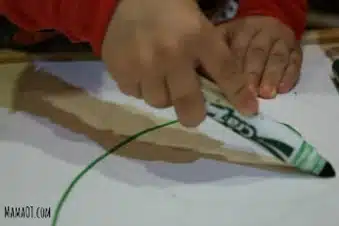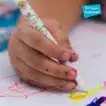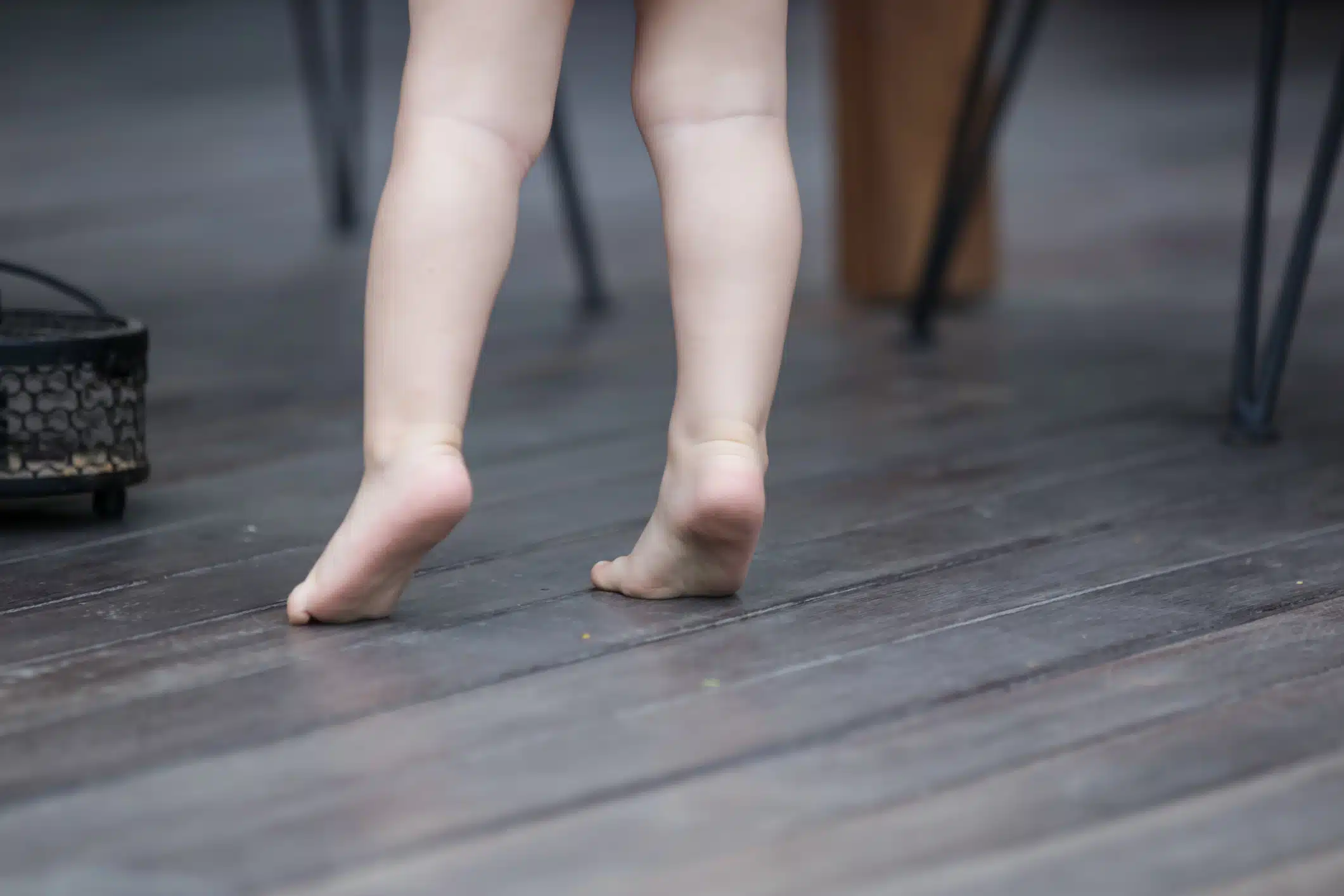School is back in session so there is no better time to ensure that your child can hold their pencil correctly. Didn’t know there was a correct way to hold a pencil? Well, let Believe Therapies show you how!
Grasp development begins with big gross motor movements. Gross motor movements involve full body motions such as crawling, walking, jumping, running, skipping, etc. On the other hand, fine motor movements involve smaller movements such as stringing beads, stacking blocks, building puzzles, and for the purpose of this post: handwriting and holding a writing utensil. Just like any other developmental milestone, pencil grips come in different stages. There are several different kinds of pencil grasps out there, but these are the important ones for developmental purposes:

1 – 1 ½ years old: the “full fist” grasp

2 years old: the index finger is pointed downward

3 years old: 5-finger grasp (* Not all children experience this grasp)

3 – 4 years old: a grip on the writing utensil with three fingers: no individual finger movements of the thumb, index, & middle
OR

3 – 4 years old: a grasp on the writing utensil with four fingers: no individual finger movements of the thumb, index, middle, and ring finger
Moving into an optimal pencil grip at:
4 ½ – 6 years: a grip on the writing utensil with three fingers: and there are individual finger movements of the thumb, index, & middle fingers
or
4 ½ – 6 years old: a grasp on the writing utensil with four fingers: and there are individual finger movements of the thumb, index, middle, and ring fingers
So why do pencil grasps matter more than ever? How do we help our children improve their grasp? The answer is simple: give your child a crayon when they are young and allow them to simply scribble and explore the concept of coloring.
Over the last ten years or so, we have become a technology-filled world. While we cannot make our children completely avoid technology, we can still remind them of the importance of handwriting and correctly holding a writing utensil. Nowadays, our children are learning how to “swipe” rather than hold a crayon to simply scribble on the paper. This is an issue because it is causing them to lose their ability to effectively hold crayons, markers, and pencils. Children are having difficulty with developing hand strength and individual finger movements. While most of the world sends emails, texts, or messages on social media, there will always be a need for handwriting. We need to teach this generation and future generations about the importance of writing.
We can sometimes see pencil grips, other than these stated above, in children 6 years and older. Other grip types can cause the hand to tire quickly and can even cause hand cramps. This will discourage children from engaging in writing activities. Unfortunately, after around the age of 6 or 7, it is difficult to quickly change a child’s grasp and it becomes even more difficult once they are in middle school and high school. But we certainly try!
So, some simple things to do to encourage pencil grip are to:
- Place a grip on the pencil that forces their fingers into a three-finger grasp. With or without individual finger movements.

- Use a slant board and use a triangular pencil

- Use small broken pieces of chalk
Is it the end of the world if your child does not have a mature pencil grip, by the age of 6? No, it is not. But writing will be easier for them if they learn intervention techniques that will help them write successfully.
So, to answer the burning question of whether pencil grips really matter, the answer is yes! Set your child up for success by knowing the stages of grasp and aiding in the process to ultimately get to an optimal grasp.
These resources include great activities to do with your child in order to work on pencil grasp:
Strategies to improve pencil grip




